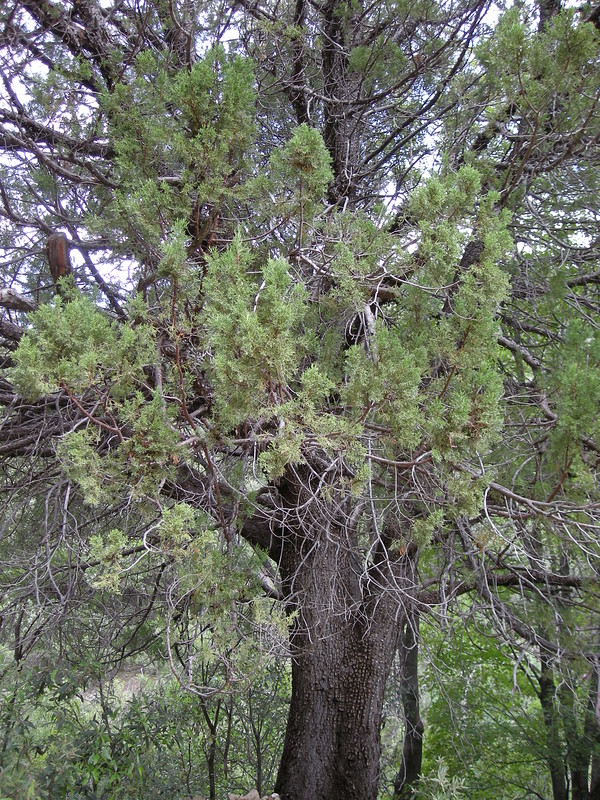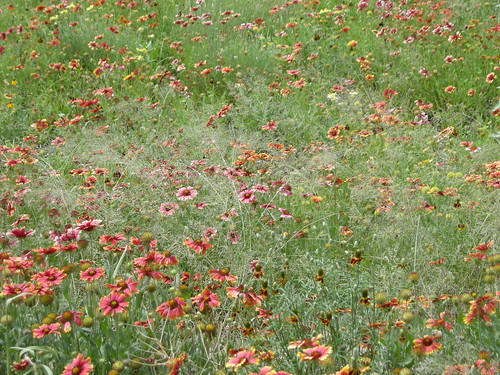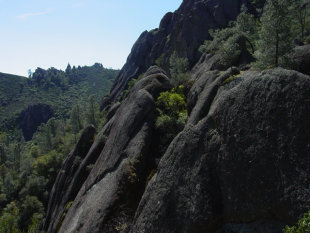 |
| Image - dwedishgardens.se |
This for me started out as one of those journeys where, "Oh man, not another boring trip to Göteborg and viewing the sites of some ancient historical rich European Aristocrat" For me, once you've seen one castle you've seen them all and I don't care what country it is located. I learned this the hard way back in 1976 when a friend of mine and I came to Europe and hit almost every famous Castle Landmark to be found on a tourist map. Besides , I hate going to town (Göteborg) or any other city on the planet for that matter. So I would have prefered staying home, but the reality is I'm glad I went. Besides we were going with some good friends we haven't seen in a long while.
For a further read on the actual estate, when built, who built it and so forth, please visit this website. I won't be going into those particulars much here.
http://gunneboslott.se/english/the-house/history-of-the-estate
Okay, let's get through some of the formal gardens and buildings settings first. This first picture is of an Oak Tree native to Sweden called Quercus robur. It's the most common found all over Europe and goes by many common names. What intrigued me most about this particular tree was the many wildlife features like holes and other cavities for various birds and small animals to live. Something that I find rather lacking in most Swedish woodlands that I've seen since forst moving here. This oak was on the pathway walking up to the Estate. Incredible oak and one that under the right circumstances makes a straight tall trunk which is perfect for lumber, unlike the numerous species of Oak I grew up with throughout California which are always tristed and contorted.
 |
| Image - Mine |
Then just below this tree was this nature sign explaining a bit of what I already figured out by just looking at the tree.
 |
| Image - Mine |
Translation: Ek (Oak)
"For a few thousand years, the oak was the most common tree in the western Swedish deciduous forest. An oak can be very old, at least 1,000 years."
"In the dense oak forests oak tree growth habit is a straight trunk and narrow crown. Stand alone out in the open oaks, have a short, rough trunk and very broad crown, with a typical large round appearance."
"The oak harbors very rich insect life. In England it has about 600 species of insects associated with this oak. There are many endangered insects in Sweden, especially beetles living on these ancient oaks. Several common insects are also available in oak, such as 'Ekvecklaren' (oak folding holder = don't ask, just name of insect). It is a small moth whose larvae can almost overwhelm the trees in some years. The oak trees survives them though to form new leaves anyway."
Okay, now for more of the main estate building and formal gardens.
 |
| Image - Mine |
Yeah, yeah yeah, that's me. Let's move this along and get it over with. This first shot is of our friends and their young boy below.
 |
| Image - Mine |
 |
| Image - Mine |
 |
| Image Mine |
 |
| Image - Mine |
 |
| Image - Mine |
The vegetable & Spice/herb garden above is where I was roped into an interview questionaire by a young girl there whose job it was to find out what visitor impression are of the Estate Park. She asked what I thought about these gardens and I replied that I would still have to wait a bit to provide an opinion because most of these gardens, landscapes and woodlands were just beginning to emerge from their winter slumber. Believe it or not total Spring bloom was still beginning for many things. Where I come from Spring starts in February and peaks in March.
Below you can see where they actually cut down and utilized some of the Estate's woodland trees and milled their own lumber from those trees for some of their building projects like this shelter in the photo below.
 |
| Image - Mine |
 |
| Image Mine |
 |
| Image - Mine |
Well, they've got to have something for the kids. Modern kids will only take so much of the hiking trails. This wooden cow was located just behind the horse barn. (BTW, Barn is the Swedish word for Child - don't ask, it just is)
 |
| Image - Mine |
 |
| Image - Mine |
Now let's take that walk in the woods. What excited me about this part of the adventure, was that it was like going back in time to what Swedish forests use to look like. Most of southern, central and western Swedish forests were historically mainly dominated by old growth Oak and other broadleaf deciduous Forests with a widely varied mixture of other old growth Alder, Aspen, European Mountain Ash, Norway Maple, Willows, etc. But oak was the most prominent.
With this type of biodiverse forest like we visted on this day, you can see first hand how the forest is alive with the sounds of animals and multiple species of birdlife, something saldy lacking in most all Swedish forests which are industrially managed with failed out-dated science-based technology which replaces the already perfect balance of the wild program. Most Swedish forests have been horribly clear cut and replaced by tree planting with monoculture of straight trunked tall pines or firs for lumber or mostly pulp wood production for paper. This will be discussed in a link at the end of this post.
 |
| Image - Mine |
 |
| Image - Mine |
 |
| Image - Mine |
The picture above is an example of what a closed forest environment will do to any tree in shaping it throughout it's life for later usage by humans. Unlike the oak found in or on the edge of a meadow which will have a stout truck and multibranched round large crown pattern.
Take a look at these Norway Maple trees. Here's the parent tree followed by hundreds of seedling trees most likely to never make it through the canopy unless they get lucky by various environmental circumstances. Trees like these need a nurse tree. Maples won't amount to much out in the open. Mostly I've seen them stunted and shrubby looking, same with oaks trees. Very rarely do you find them volunteering out in the open. But the excess of seedlings on the forest floor does provide a food source for grazing and browsing animals.
 |
| Image - Mine |
 |
| Image - Mine |
Okay this photo above is an Oak tree with a tiny hole in it where there was once a branch at one time but now has since rotted out and been bored out to create a nest hole cavity. This tiny hole provides nesting for a slender dainty little forest bird which is called a Nuthatch. In fact I watched it fly in and out. I actually saw this same small birds utilizing small crevices in a rock wall up by the main buildings in a pond feature they had there with slender sandstone rocks in a dry wall design. Here is a post I've done about Nuthatches and attracting them into your landscape.
Nuthatches and Brick Porthole Habitats
These following shots are of a train that past over head, and I love trains, so had to take this shot. Also some shots of my wife and our friends walking through the meadow and some shots of forest floor thinning and then finally the old growth oak forests view at the end in all it's wild glory as we left.
 |
| Image - Mine |
 |
| Image - Mine |
 |
| Image Mine |
 |
| Image - Mine |
 |
| Image - Mine |
More nature explanations about the local birdlife and while they are not so visable in the pictures, there is a rather large Swedish forest pigeon which is similar to the ones up in the forests of Idyllwild California where I use to live. Like the California pigeons, these are extremely shy as well and hard to get near for taking a photograph, unless you have the right powerful lense to capture from a distance. These birds are nothing like their pesky nusiance domestic city dewelling cousins. They group together scratching around on the ground looking for food and look very much like a large covey of quail foraging the ground with one male as lookout. And finally the old growth Oak Woodland beauty at the end of our hike.
 |
| Image - Mine |
 |
| Image - Mine |
 |
| Image - Mine |
 |
| Image - Mine |
Now down below all that old growth Oak Woodland habitat is an area around the parking lot down in a river valley with a lake where there are a lot of natural boggy conditions. This environment for the most part is where the pure stands of Björk (Birch) and other wet habitat loving plants also prefer to reside.
 |
| Image - Mine |
 |
| Image - Mine |
 |
| Image - Mine |
This concludes my visit, but at least you folks know what much of Europe was like long before industrialization took over and changed things for good in the late 1800s in all Europe and not just Scandinavia.
Enjoy! 😸















































